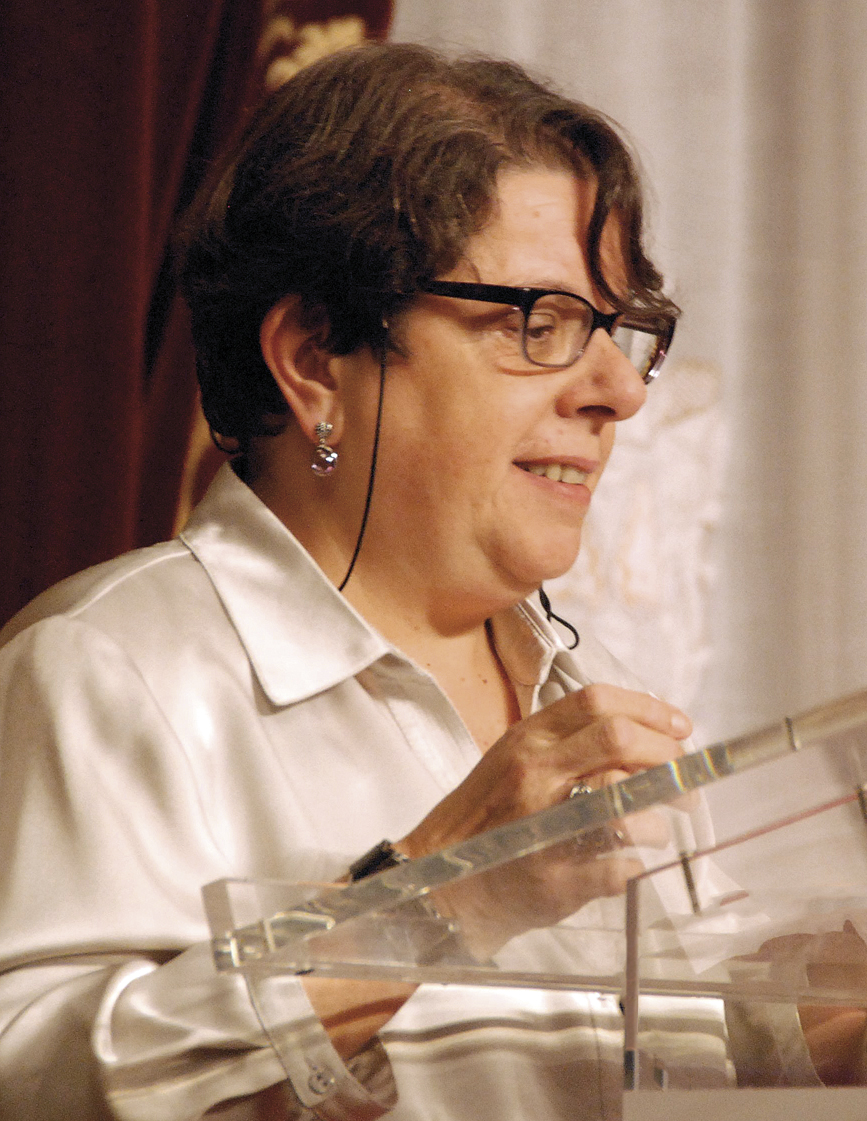“Trying to understand what we say or write through computers is a very ambitious goal”
2014/02/01 Galarraga Aiestara, Ana - Elhuyar Zientziaren Komunikazioa Iturria: Elhuyar aldizkaria

When I started working, the field of artificial intelligence was in full boil. The term artificial intelligence was created by researcher John MacCarthy in 1958. Among the applications of artificial intelligence are expert systems that simulate being experts in a topic. The world of robots is also known in this field: robots are physical agents that can manipulate the world, in addition to a program capable of manipulating the physical world, robots also have vision capacity.
The one that raised the most interest was the subfield of the understanding of the language, both oral and textual; in a nutshell, it is a question of understanding the common language through the computer. How to indicate to the computer the peculiarities of the language? How to express phonological, morphological, syntactic, semantic and pragmatic information? And this brings us to another question: how we express human beings linguistic information in our brain. Trying to understand what we say or write through computers is a very ambitious goal and in addition it is not going to be achieved at all, but you can take small steps to help us in our daily, labor and leisure activities.
Common examples of applications in the field of linguistic comprehension are machine translation, question/answer systems, information extraction and information search systems, automatic summary, and teaching aids, as well as automatic translation.
Since its inception, many researchers have worked in the field of artificial intelligence, knowing different stages: from the initial euphoria (1952 to 1969), to the development of systems based on knowledge (1969-1979), in the 1990s things began to change based on the well-known theories of machine learning, neural networks and probability techniques. These theories aim to extract models of real data and develop applications to real measure.
The languages of expression of information or knowledge currently used in other areas, logical and functional programming, design techniques, etc. come from artificial intelligence.
I would like to see how Basque technology has been developed properly for future needs. That is, I want to witness that with the language, and specifically in Basque, communication with the machines is facilitated and that helps us in our daily activity.

Gai honi buruzko eduki gehiago
Elhuyarrek garatutako teknologia




